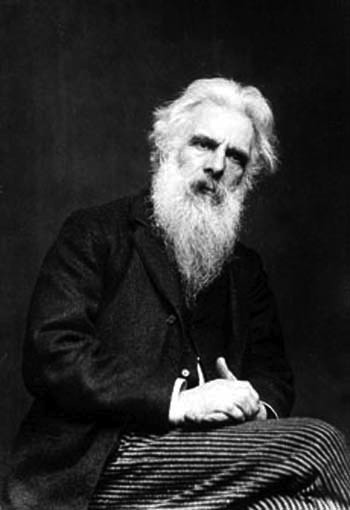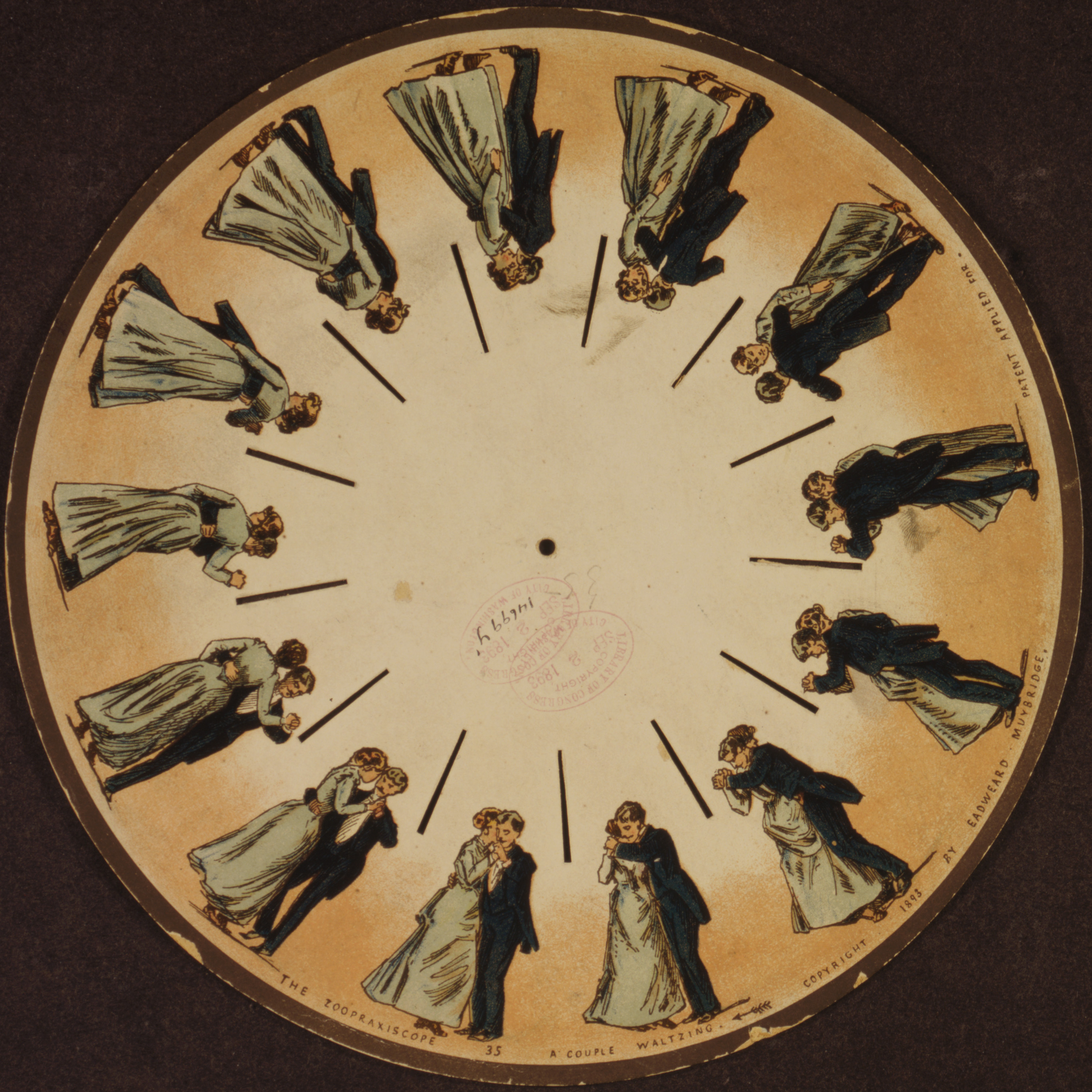Semester 1
NCI443 Principles of Animation
For this
project I was asked to research the history of animation and how to animate a
walk cycle.
For my
first task I looked up on the origins of the moving image having been developed
in the early 19th century in the form of Phenakistoscope, a Zoetrope
and a zoopraxiscope that was originally made by the renowned English
photographer Edward Muybridge who was best known for his work in the beginnings
of locomotion with humans and animals. Before I began the walk cycle I produced
three small animation sequences on Photoshop using the frame timeline software,
involving a bouncing ball, a falling leaf and a blob shouting. I was also going
to animate a multi-eyed monster but didn’t have enough time. To help fully
understand how to animate a walk cycle I was asked to take separate photo
frames of myself posing, as if I was actually walking and then produce a video
sequence on Photoshop along with surrounding the images with an outline, to create
another type of locomotion.
I then
produced a small walk cycle of a human’s evolution from an ape to a modern day
man using separate frames to project the optical illusion effect. I was then
asked to come up with an idea from childhood and then try to animate it on
Dragon frame, one my of ideas was about me acting out my imagination as child
pretending to be a dinosaur.
Originally
I was going to animate a story of a small boy visiting a museum that came
across three dinosaur statues then imagined himself back in prehistoric times
playing games with them, then after he walks away the three statues come to
life and whisper about what happened, but due to the amount of time it would
take to animate every individual I reduced it down to only the T-Rex roaring.
Beforehand I sketched a small stickman prototype storyboard to help plan out
the actual story before sketching the A2 frames more professionally.
For my final
piece I decided to animate a cute big-eyed lanky T-Rex trying to roar loudly in
the Metro Centre to represent a child’s imagination in modern day public. In
total I sketched about 20 frames but then had to reduce them down to 18 to
reduce the amount of time and save myself the trouble of having to repeat
similar frames. After completing 18 frames I had each one photographed and then
line tested on Dragon frame to check the locomotion of the character
before uploading it onto Photoshop, with a few minor background lines and the
escalator being a little bit out of sync. Eventually I was finally able to
colour them in and animate them using the video frame timeline on Photo Shop.
Overall I found
the first module interesting especially with learning how to animate frames on
Photo Shop, I hope to further improve these skills in future assignments.
Edward Muybridge
Fawn Gehweiler lost girl and baby deer reflection


T-Rex frames
Swat analysis
- First time of overlaying and learning how to animate an object in photoshop.







No comments:
Post a Comment